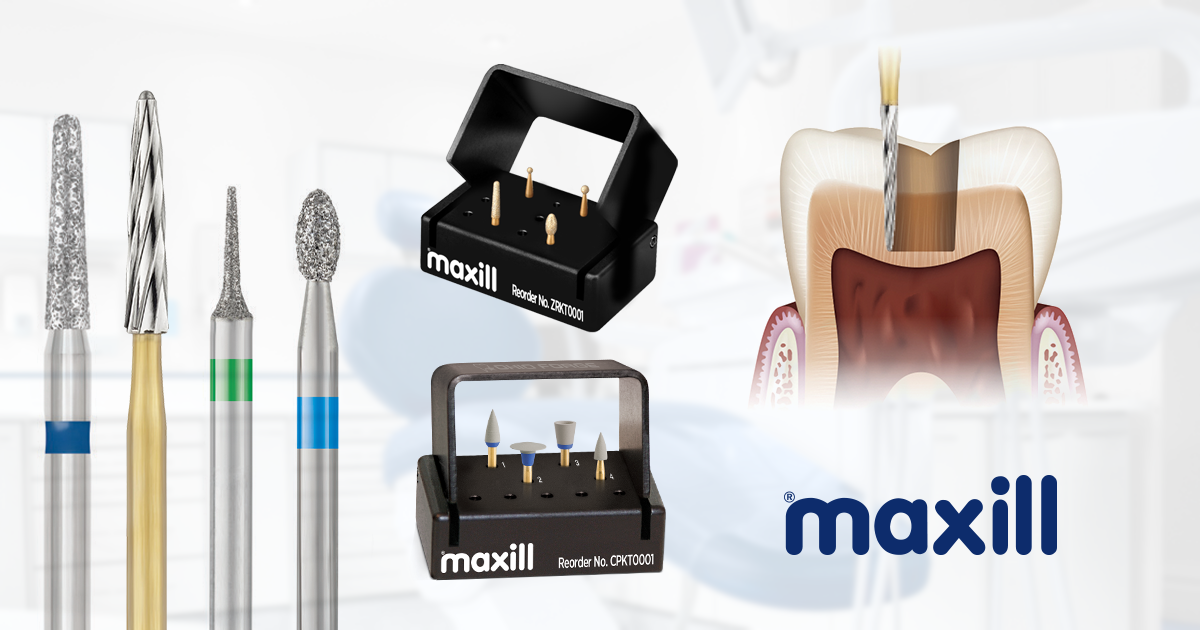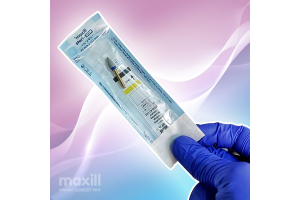What Are the Differences Between Burs in Dentistry?

Dental burs are essential tools used in dentistry to remove and shape tooth and bone structures. Burs come in a wide range of sizes, shapes, and materials, each designed for specific dental procedures. Understanding the different types of dental burs and their uses is essential for dental professionals to perform safe and effective procedures.
In this article, we will explore the different types of dental burs and their uses in dentistry.
Inverted Cone Burs: Inverted cone burs feature a tapered shape with a flat tip and are used to prepare cavities and remove tooth material. They are particularly useful in removing tooth material in difficult-to-reach areas such as the posterior region of the mouth.
Straight Fissure Burs: Straight fissure burs feature a straight shaft with a flat, tapered tip and are used to cut teeth and prepare cavities. They are particularly useful in removing old fillings or preparing teeth for new restorative materials.
Tapered Fissure Burs: Tapered fissure burs are similar to straight fissure burs, but their tapered shape allows them to access difficult-to-reach areas such as the interproximal spaces between teeth. They are used to prepare cavities and remove decayed tooth material.
Pear-Shaped Burs: Pear-shaped burs feature a tapered, pear-shaped tip and are used to remove tooth material and prepare cavities. They are particularly useful in shaping the occlusal surfaces of teeth and in removing old fillings.
End-Cutting Burs: End-cutting burs feature a flat tip with cutting edges on the sides and are used to cut through bone or remove bone material during dental procedures. They are particularly useful in performing surgical procedures such as bone grafting or implant placement.
Surgical Burs: Surgical burs are used in more invasive dental procedures such as extractions, implant placement, and bone grafting. They come in a wide range of shapes and sizes, including round, pear-shaped, and cone-shaped, and are designed to cut through hard bone and tissue.
Diamond Burs: Diamond burs are coated with diamond particles and are used to cut through hard materials such as tooth enamel and bone. They are particularly useful in preparing teeth for restorative materials such as veneers and crowns.
Carbide Burs: Carbide burs are made of tungsten carbide and are designed to cut through tooth enamel and dentin quickly. They are particularly useful in removing old fillings and shaping teeth for restorative materials.
Polishing Burs: Polishing burs are used to polish the surface of teeth and restorative materials such as fillings and crowns. They are available in different shapes and sizes and feature a soft, rubberized tip to avoid damaging the tooth or restoration.
Finishing Burs: Finishing burs are used to smooth and shape restorative materials such as fillings and crowns. They are available in different shapes and sizes and feature a smooth, diamond-coated tip for precision work.
Orthodontic Burs: Orthodontic burs are used in orthodontic procedures such as removing excess adhesive from brackets and wires. They are available in different shapes and sizes and feature a smooth, diamond-coated tip to avoid damaging the bracket or wire.
Crown and Bridge Burs: Crown and bridge burs are designed to cut through hard materials such as metal or porcelain in order to prepare teeth for crowns and bridges. They are available in different shapes and sizes and feature a diamond-coated tip for precision work.
Tungsten Carbide Burs: Tungsten carbide burs are made of a combination of tungsten and carbon and are designed to cut through hard materials such as bone and tooth enamel. They are particularly useful in surgical procedures such as bone grafting and implant placement.
Flame-Shaped Burs: Flame-shaped burs feature a tapered, flame-shaped tip and are used to remove tooth material and prepare cavities. They are particularly useful in shaping the occlusal surfaces of teeth and in removing old fillings.
Egg-Shaped Burs: Egg-shaped burs feature a rounded, egg-shaped tip and are used to remove tooth material and prepare cavities. They are particularly useful in shaping the occlusal surfaces of teeth and in removing old fillings.
Football-Shaped Burs: Football-shaped burs feature a tapered, football-shaped tip and are used to remove tooth material and prepare cavities. They are particularly useful in shaping the occlusal surfaces of teeth and in removing old fillings.
Dental burs are an essential tool used in a wide range of dental procedures. The different types of dental burs available make it possible for dental professionals to perform safe and effective procedures, and understanding the different uses of each type of bur is critical to dental practice. By using the right type of bur for each procedure, dental professionals can ensure patient safety and achieve optimal outcomes in dental procedures.







